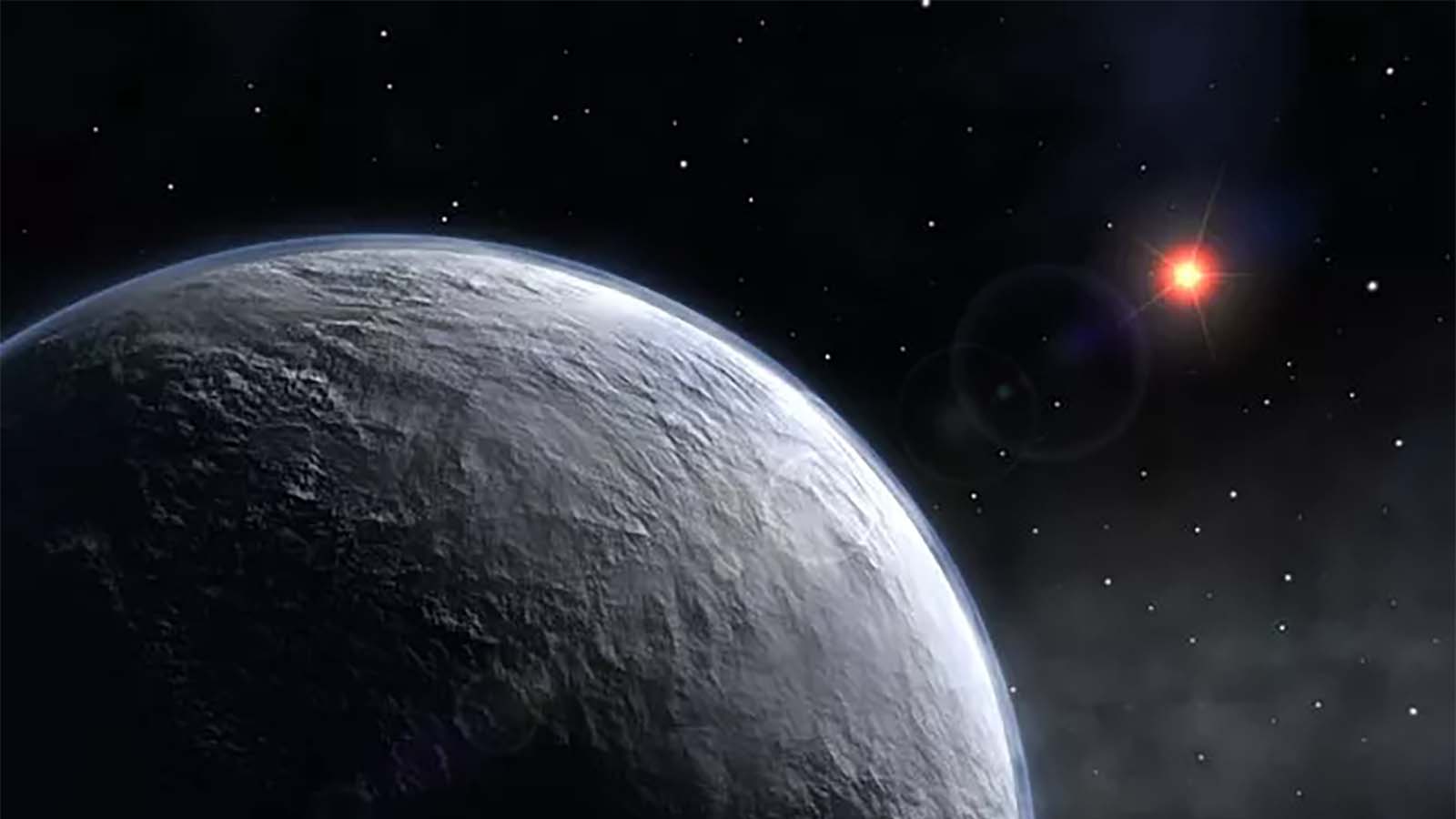Our solar system may have a hidden planet beyond Neptune – no, not that one
There may be a Mars-sized planet out in the Kuiper Belt

There are eight recognized planets in our solar system, four inner rocky planets and four outer gas giants. But beyond the orbit of Neptune, dozens of dwarf planets the size of Pluto or smaller populate a region known as the Kuiper Belt, and new computer models show there may be something even bigger lurking out there – or at least there might have been in the past.
In a paper in the Annual Review of Astronomy and Astrophysics this month, Brett Gladman of the University of British Columbia and Kathryn Volk of the University of Arizona argue that new models indicate that the likelihood that a Mars-sized planet orbiting in the Kuiper Belt region is at least 50%, though they also claim that it was ejected from the solar system entirely at some point in the past.
This would be a different planet then the theoretical one currently being called Planet Nine, which is believed to be a Neptune-sized gas giant far out beyond the Kuiper Belt.
To get a better sense of how the solar system formed, researchers like Gladman and Volk typically use powerful computers to run simulations with different variables to see how changes in any one variable affects the kind of solar system that would result. In several of Gladman and Volks' simulations, something like our solar system forms when there is ninth, rocky planet orbiting in the Kuiper Belt.
"I agree that it is likely that a Mars class planet was there initially,” David Nesvorny, a Southwest Research Institute planetary scientist, told Inverse, “but the question is whether it has survived and if we have any evidence for it.”
Other planetary scientists are also finding similar results in their simulations, including Kedron Silsbee, of the Max Planck Institute for Extraterrestrial Physics, and Scott Tremaine, of the Institute for Advanced Study.
In these simulations, the outer planets were not in their original orbits, and sometimes not even in the same order, and the simulations suggest that the gas giants might have had additional help to get to their current positions.
Sign up for breaking news, reviews, opinion, top tech deals, and more.
Some other large object from the inner solar system might have been pulled out by the gas giants and eventually pushed out towards the periphery of the solar system, or even out of it entirely.
"Our simulations found that in about half of the cases, all of the Mars-scale planets in the outer Solar System were ejected into interstellar space,” Tremaine said. “But in the remaining half, one ‘rogue’ planet was left in an orbit similar to that of the detached population of Kuiper Belt objects."
- Supernova shoots a dying star made of metal out of Milky Way at 2 million mph
- Mars never had a chance: new study says Red Planet just too small to hold onto water
- Should we go to Venus instead of Mars?
Analysis: we really don't know a lot about the solar system we inhabit
We know a lot about the solar system, but sometimes we simply don't know what we don't know, which makes understanding the full history and evolution of our home system hard to decipher.
While the order of the planets, with the four rocky worlds on the interior and the four gas giants on the outer half might seem like a natural ordering, that is really only because it's the one we grew up with as a species.
Now that we've observed other stars and their exoplanets, our solar system isn't like the majority of solar systems in the galaxy. A system like ours, with rocky inner planets and large gas giants on the outer part, only make up 10% to 15% of the solar systems out there.
What's more, we don't even know if we have an accurate census of the planets in our own solar system, with the possibility of a Mars-sized rocky world out beyond Neptune or a Neptune-sized gas giant, the currently-theorized Planet Nine, even further out than the Kuiper Belt both being possible planetary candidates.
It might take years or even decades before we know for sure, if ever. After all, space – even our tiny part of it – is a very large place.
- Stay up to date on all the latest tech news with the TechRadar newsletter

John (He/Him) is the Components Editor here at TechRadar and he is also a programmer, gamer, activist, and Brooklyn College alum currently living in Brooklyn, NY.
Named by the CTA as a CES 2020 Media Trailblazer for his science and technology reporting, John specializes in all areas of computer science, including industry news, hardware reviews, PC gaming, as well as general science writing and the social impact of the tech industry.
You can find him online on Bluesky @johnloeffler.bsky.social